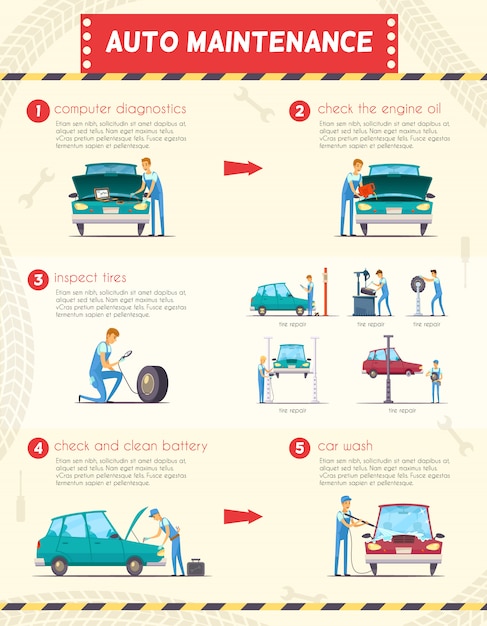Examining Your Vehicle'S Warning Indicators: What They Truly Share
Examining Your Vehicle'S Warning Indicators: What They Truly Share
Blog Article
Content Composed By-Boye Torres
When you lag the wheel, those radiant warning lights on your dashboard can be a little bit bewildering. Do you know what they're attempting to tell you concerning your vehicle's health? Understanding the relevance of these lights is essential for your safety and the long life of your lorry. So, the next time one of those lights appears, would not you wish to analyze its message precisely and take the necessary actions to address it?
Common Caution Lights and Interpretations
Recognize common caution lights in your car and understand their definitions to guarantee risk-free driving.
One of the most common caution lights consist of the check engine light, which indicates problems with the engine or discharges system. If this light begins, it's important to have your automobile checked promptly.
The oil stress alerting light indicates reduced oil pressure, requiring prompt attention to stop engine damages.
A blinking battery light could recommend a defective billing system, potentially leaving you stranded otherwise attended to.
The tire stress surveillance system (TPMS) light informs you to reduced tire stress, influencing automobile security and gas effectiveness. Overlooking this can lead to hazardous driving problems.
The ABS light indicates an issue with the anti-lock braking system, compromising your ability to quit promptly in emergencies.
Last but not least, the coolant temperature level advising light warns of engine overheating, which can result in severe damages if not dealt with promptly.
Comprehending these common caution lights will certainly assist you deal with problems quickly and preserve secure driving conditions.
Relevance of Prompt Interest
Understanding the typical caution lights in your cars and truck is only the first step; the significance of promptly addressing these cautions can not be emphasized enough to guarantee your safety when traveling.
When a warning light brightens on your control panel, it's your car's method of interacting a potential issue that needs attention. Disregarding https://www.ratchetandwrench.com/articles/12348-demand-for-parts-causing-delays-for-shops can lead to more serious issues in the future, jeopardizing your safety and security and possibly costing you a lot more in repairs.
Motivate focus to alerting lights can prevent malfunctions and crashes. As an example, a blinking check engine light could indicate a misfire that, if left ignored, can trigger damages to the catalytic converter. Addressing visit the next page without delay can save you from a costly fixing.
In a similar way, a brake system cautioning light may indicate low brake liquid or used brake pads, vital components for your safety when driving.
Do It Yourself Troubleshooting Tips
If you see a caution light on your control panel, there are a few do it yourself repairing tips you can attempt prior to looking for expert assistance.
The primary step is to consult your automobile's handbook to recognize what the specific caution light indicates. In diamond detailing can be as easy as a loosened gas cap setting off the check engine light. Tightening https://brake-service51738.win-blog.com/10391877/are-you-thinking-about-uncovering-impressive-car-service-center-in-your-vicinity may settle the trouble.
Another typical issue is a reduced battery, which can trigger numerous alerting lights. Examining the battery links for rust and ensuring they're protected could take care of the issue.
If a warning light lingers, you can try resetting it by separating the vehicle's battery for a few minutes and afterwards reconnecting it. Furthermore, inspecting your automobile's liquid levels, such as oil, coolant, and brake fluid, can assist fix alerting lights connected to these systems.
Verdict
To conclude, recognizing your auto's warning lights is crucial for keeping your car running smoothly and safely. By immediately addressing these informs and recognizing what they indicate, you can avoid pricey fixings and potential malfunctions.
Keep in mind to consult your cars and truck's guidebook for particular details on each warning light and act appropriately to make certain a trouble-free driving experience.
Remain educated, remain safe on the road!
